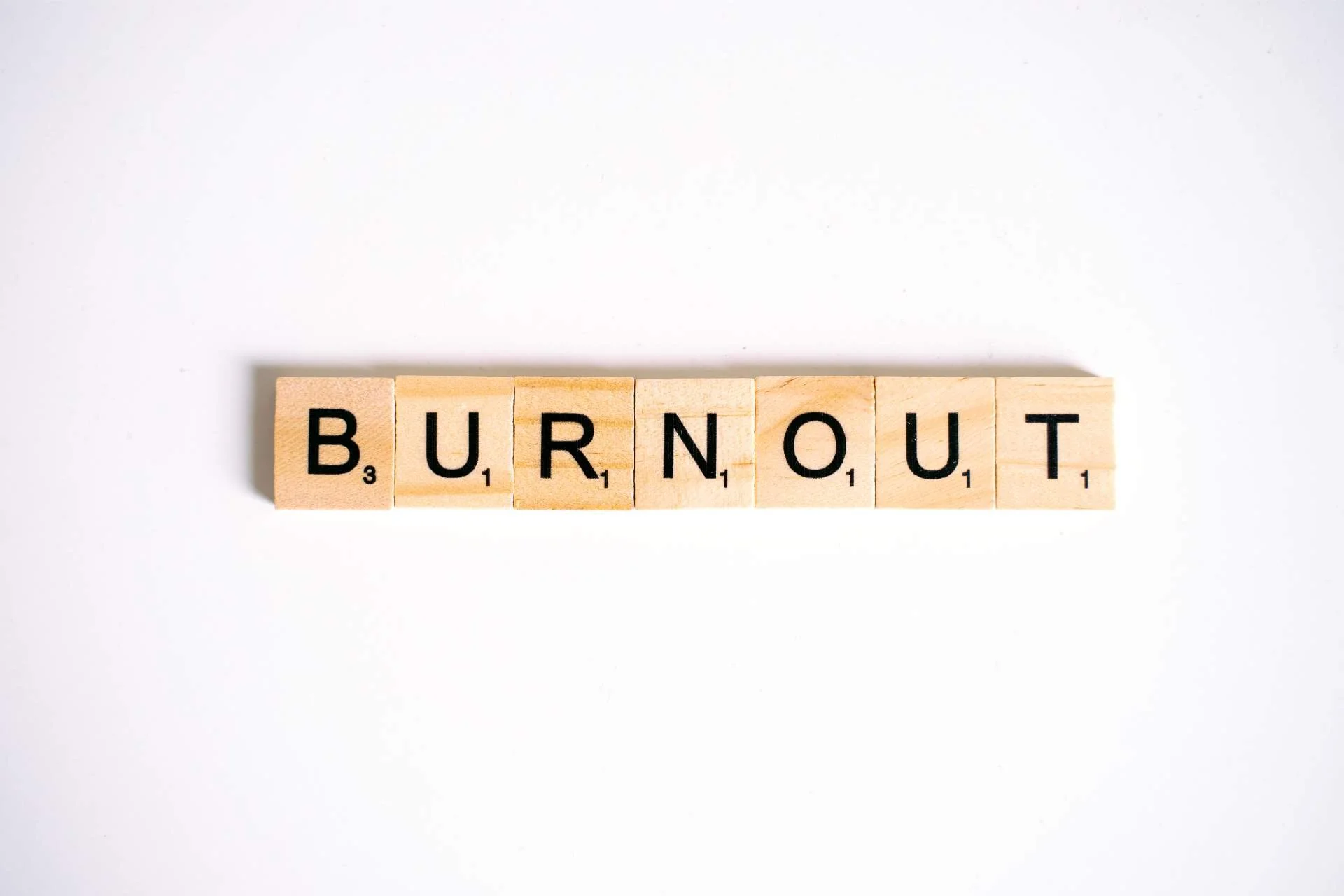Understanding Burnout
Jessica Chang, MHC-LP
In the aftermath of a global pandemic and in an ever-awakening social world, someone seems to express burnout or feeling burnt out every day, if not more frequently and stated by multiple someones. As defined by Psychology Today, burnout is a state of emotional, mental, and often physical exhaustion brought on by prolonged or repeated stress. This state crosses many borders, affecting people all over the world and especially affecting those living in industrialized countries such as Germany and the United Kingdom (Michel, 2016). According to the World Health Organization (WHO), burnout is included in the International Classification of Diseases (ICD-11) as an occupational phenomenon and is not classified as a medical condition (WHO, 2021).
Symptoms of burnout
Burnout is characterized by the following three dimensions (ICD-11):
1. Feelings of energy depletion or exhaustion
2. Increased mental distance from one’s job, or feelings of negativism or cynicism related to one’s job
3. Reduced professional efficacy
Burnout can manifest not just through mental, emotional, or physical symptoms in isolation, but often appears in multiple aspects of life which interact with each other. Depression and anxiety are commonly associated with burnout, though evidence highlights that burnout is a different construct. However, symptoms overlap such as the stifling of one’s ambitions, idealism, and sense of worth. Other symptoms of burnout include increased difficulty controlling negative emotions, emotional exhaustion, as well as directing negativity towards others (Michel, 2016).
Compassion Fatigue vs. Burnout
Compassion fatigue is also commonly associated with burnout, and the two again are separate constructs. The difference stems from the origin of symptoms - compassion fatigue is a phenomenon which specifically comes from helping and supporting others. That being said, people in certain jobs and professions such as healthcare workers and people in helping professions as well as managers and those with leadership roles are at higher risk of experiencing both burnout and compassion fatigue (Smith, 2022).
Burnout and the brain
Neurological symptoms of burnout have also been revealed. Those who experience clinical burnout show similar brain activity to those who suffer from early life trauma. It appears that there is a connection between brain activity from extreme trauma events and the prolonged stress of burnout. Research is also growing in regards to the negative impact of burnout on cognitive functioning (i.e. creativity, problem solving, and working memory) although some evidence shows that those with lower executive functioning are more at risk of burnout to begin with (Michel, 2016).
What causes burnout?
In essence, burnout emerges when the demands of one’s job overrides their ability to cope with stress. Contrary to the limitations placed on burnout in the ICD-11, many researchers acknowledge that burnout can occur in many aspects of life including but not limited to work, relationships, and caretaking roles (but is most often associated with work). Many factors contribute towards burnout. Lack of control over one’s situation and working towards a goal that does not resonate with oneself or being expected to complete tasks that conflict with one’s sense of self are common catalysts towards burnout. Other contributing factors include lack of support or guidance and absence of rest or breaks.
Christina Maslach, professor emerita at the University of California, Berkeley, is a pioneer in research on burnout. Maslach and her collaborators identified six key components of the workplace environment that contribute to burnout: workload, control, reward, community, fairness, and values (Michel, 2016). Misalignment in one of these six areas or a combination of these areas fosters burnout, which can be measured via the Maslach Burnout Inventory (MBI).
Intersectionality
Burnout is more common amongst those of marginalized communities (SIY Global, 2023), and results have shown that younger generations of women of color are particularly vulnerable to burnout (Teshome et al., 2022).
Contributing factors may include:
Discrimination (which can lead to increased stress, feelings of isolation, and frustration)
Stereotyping (which may involve placement of barriers, perpetuate inequality, and get in the way of progress)
Lack of representation (signaling individuals of certain identities are undervalued, excluded, and limited in terms of professional growth)
Intersectionality (compounding forms of discrimination leading to increased challenges in navigating daily tasks)
Ways to combat and prevent burnout
Neurobiological research has also revealed promising signs that effects of burnout can be reversed, or one’s physiological responses can return to baseline after experiencing prolonged stress (Michel, 2016).
Some ways which may help to decrease burnout include mindfulness (i.e. being aware of your emotional states and what is coming up for you), practicing self-care (i.e. sleeping and eating well, setting aside time to rest or spend time on yourself, spending time with loved ones, etc.), and making small adjustments to your routine (i.e. going on 10 minute walks during the work day, scheduling meetings 10 minutes allowing yourself a break between meetings) (McFarland & Hlubocky, 2021). Showing yourself compassion, determining your limits, values, and needs, and setting healthy boundaries can also help to protect yourself from avoidable fatigue. A mental health professional can help to support and keep you accountable in all of these endeavors! Lastly, proactively finding a job that aligns with your values can also help prevent feelings of burnout, which these questions for potential employers may be useful.
Sources:
3 Ways to Prevent Burnout in the Workplace for Marginalized Groups | SIY Global (2023).
Burnout | Psychology Today.
Burn-out an "occupational phenomenon": International Classification of Diseases | WHO (2021).
Maslach, C., & Leiter, M. (2021). How to Measure Burnout Accurately and Ethically. Harvard Business Review.

